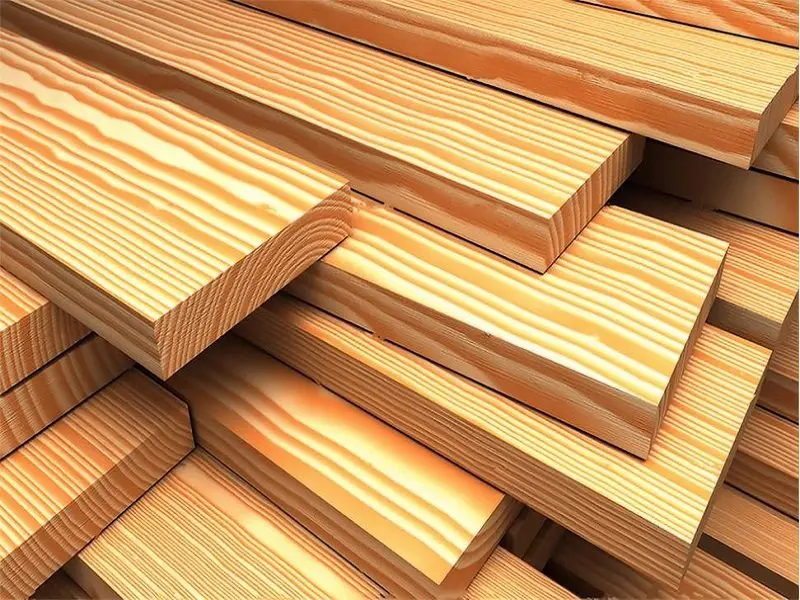
What is Impregnation?
Impregnation is a process performed to protect wood from pests by treating it with various chemicals. This process involves the impregnation of chemical substances into the wood and extends the service life of the wood. The impregnation process can increase the lifespan of wood by at least 10 times by protecting it from pests such as fungi, insects, termites and sea worms.
Basic Usage Areas of Impregnation Process
The impregnation process varies depending on the type of wood, the environment in which it will be used and the expected service life. There are two main areas of use:
Woods in Contact with Soil: These types of woods are generally used in construction applications at ground level. Since they are in direct contact with the soil, they require higher durability and protection.
Woods that do not come into contact with the soil: Wood above the ground level is used in areas such as outdoor furniture and facade cladding and does not come into direct contact with the soil.
The impregnation process is used in many different application areas such as construction applications, facade coverings, garden furniture, fences, verandas, pergolas, piers, marinas, children's playgrounds and agricultural areas.
Vacuum-Pressure Method
The impregnation process is usually carried out in specially designed facilities and consists of the following stages:
First Vacuum: This process, which is performed to evacuate the air in the cells of the wood, ensures better absorption of the impregnation material.
Impregnation of Chemical Substances: After the first vacuum, the impregnation material called TANALITH-E is filled into the wood boiler. Then, pressure application is initiated. This stage takes approximately 1-1.5 hours or until the required amount of impregnating agent is impregnated into the wood.
Completion of the Pressure Period: When the pressure period is completed, TANALITH-E is discharged from the impregnation tank.
Final Vacuum: The final vacuum process is carried out in order to remove excess TANALITH-E on the surface and within the wood.
The impregnation process is an important protection method that ensures long-lasting and durable wood. This process, performed with chemicals, protects the wood against various pests and increases its general durability. The application varies depending on the wood type and usage conditions and is generally carried out by the vacuum-pressure method.
